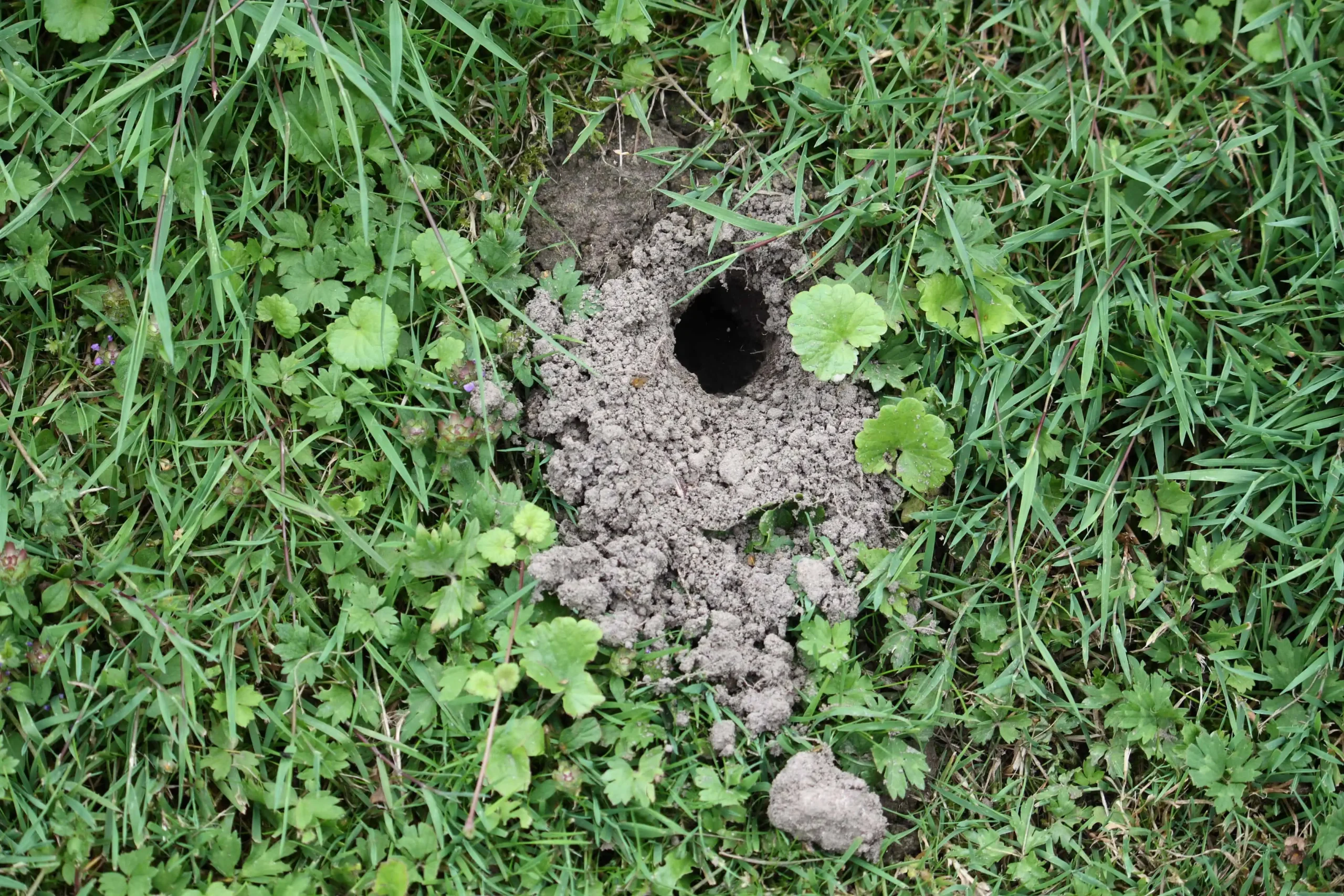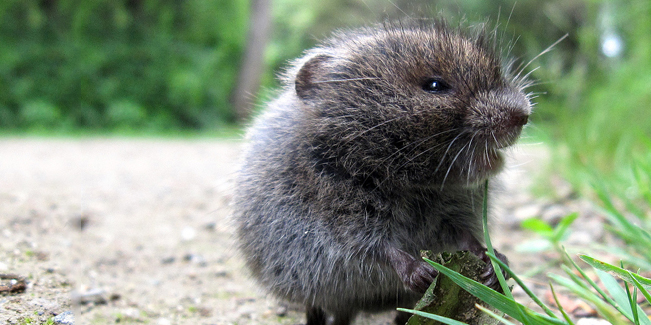Comprehensive Overview to Effective Vole Pest Control: Infestation Recognition and Treatment Methods
In the world of efficient pest control, vole problems position an unique obstacle that demands a strategic technique. These small rats, commonly mistaken for computer mice, can ruin yards, lawns, and plants if left unattended. Recognizing the indications of vole visibility and carrying out targeted treatment techniques are important parts of a successful parasite management strategy. By exploring the nuances of vole actions, comprehending vital indicators of invasion, and evaluating a variety of control alternatives, one can establish a thorough strategy to deal with these evasive parasites.
Recognizing Vole Actions
Vole habits is defined by their burrowing habits and quick recreation rates, making them a challenging parasite to regulate successfully. Their fast reproductive rate further makes complex control initiatives, with females qualified of creating multiple clutters in a single year, each including several spawn.
Voles are most energetic during the morning and night hours, spending most of their time foraging for food. Their burrowing habits not just interrupt yards and lawns but additionally make them challenging to eliminate and detect. Recognizing vole habits is essential for reliable insect control techniques. By recognizing their burrow places, checking feeding areas, and carrying out targeted control methods, such as capturing or habitat adjustment, vole infestations can be handled successfully.
Signs of Vole Invasion

Prevention Approaches
Executing efficient avoidance strategies is vital in minimizing vole infestations and securing plant life from their destructive feeding practices (vole control utah). To avoid vole infestations, it is essential to start by removing potential food sources and shelter. Keep lawn and plant life cut short, remove weeds and debris, and maintain a neat yard or grass to make the location much less eye-catching to voles. Installing barriers such as equipment towel or below ground fencing can also help deter voles from going into particular areas. Furthermore, reducing excess moisture by repairing leaking pipes and guaranteeing appropriate drain can make the atmosphere less congenial for voles.
On a regular basis evaluating the residential property for indications vole yard damage of vole activity, such as runways and delve openings, is crucial for very early detection and punctual activity. Take into consideration utilizing catches or repellents tactically positioned near their pathways if vole activity is believed. Utilizing all-natural predators like serpents or owls can also aid keep vole populaces in check. By implementing a mix of these prevention garden enthusiasts, techniques and homeowners can successfully safeguard their vegetation from vole damage.
Non-Lethal Control Techniques
To successfully handle vole populations while prioritizing gentle approaches, non-lethal control methods use functional options for decreasing vole damage in gardens and landscapes. These barriers can be buried at least 12 inches bent and deep at a 90-degree angle to protect against voles from delving below.

Lethal Control Options
One reliable approach for dealing with vole infestations in yards and landscapes includes the calculated use of dangerous control alternatives. When confronted with an extreme vole problem that non-lethal approaches have failed to consist of, carrying out dangerous control procedures comes to be important. One typically utilized lethal control alternative is using snap catches. These traps are designed to quickly and humanely eliminate voles upon activation, making them a prominent option for lots of gardeners and landscapers. To increase the effectiveness of snap traps, it is suggested to put them in areas where vole task is high, you can check here such as along runways or near burrow entries. One more dangerous control option is the usage of harmful baits especially formulated to target voles. These baits consist of poisonous substance that is ingested by the voles, causing their ultimate death. Care needs to be exercised when utilizing harmful baits to avoid harm to non-target animals or animals. Generally, when employing lethal control choices, it is crucial to do so sensibly and based on local regulations to efficiently manage vole problems.
Conclusion
To conclude, effective vole pest control needs a thorough understanding of vole habits, recognition of indicators of infestation, application of prevention techniques, and usage of both lethal and non-lethal control methods. By combining these hop over to these guys methods, individuals can effectively handle vole populations and safeguard their building from damages. It is very important to attend to vole invasions immediately to stop more issues and decrease the influence on the surrounding setting.
Given the detailed passage systems and fast reproduction rates characteristic of voles, recognizing the signs of vole problem comes to be important in efficient pest control. One of the key indications of vole existence is the visibility of surface area paths or routes in lawn or snow, commonly about 1-2 inches large, produced as voles travel in between their burrows and food resources.To efficiently manage vole populaces while focusing on humane approaches, non-lethal control strategies offer sensible services for minimizing vole damage in gardens and landscapes.One reliable method for dealing with vole invasions in landscapes and yards involves the critical use of lethal control choices. vole pest control.In conclusion, effective vole parasite control needs an extensive understanding of vole actions, identification of indications of invasion, application of prevention strategies, and utilization of both dangerous and non-lethal control methods
Comments on “Specialist Techniques for Vole Control and Prevention”